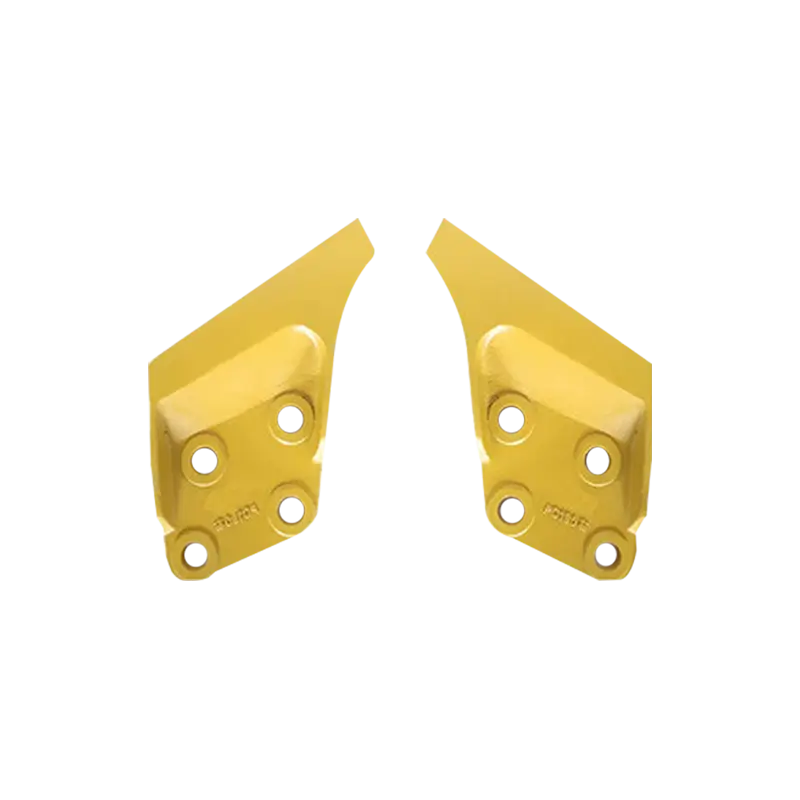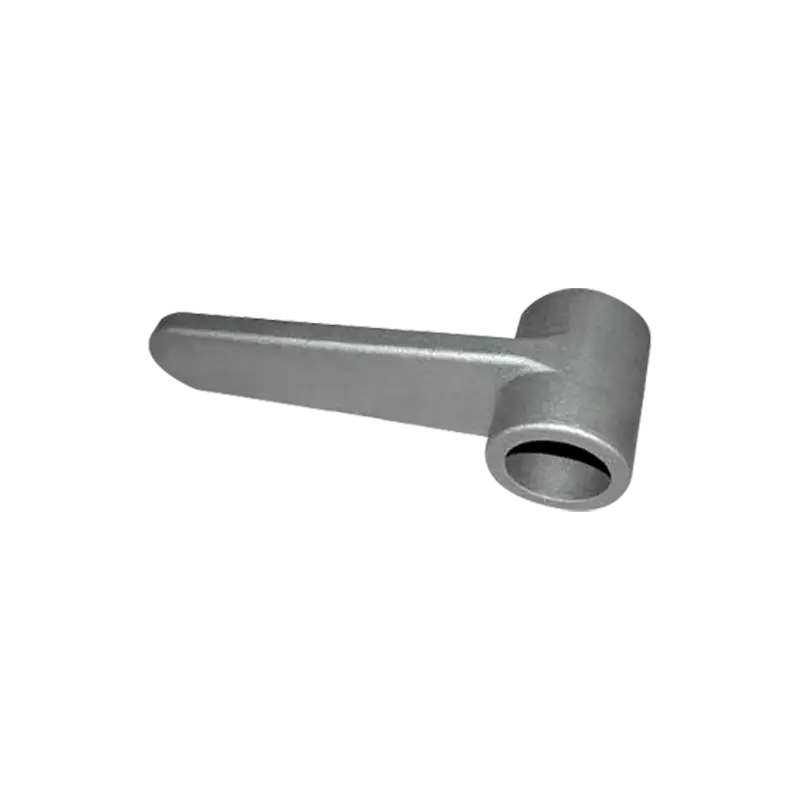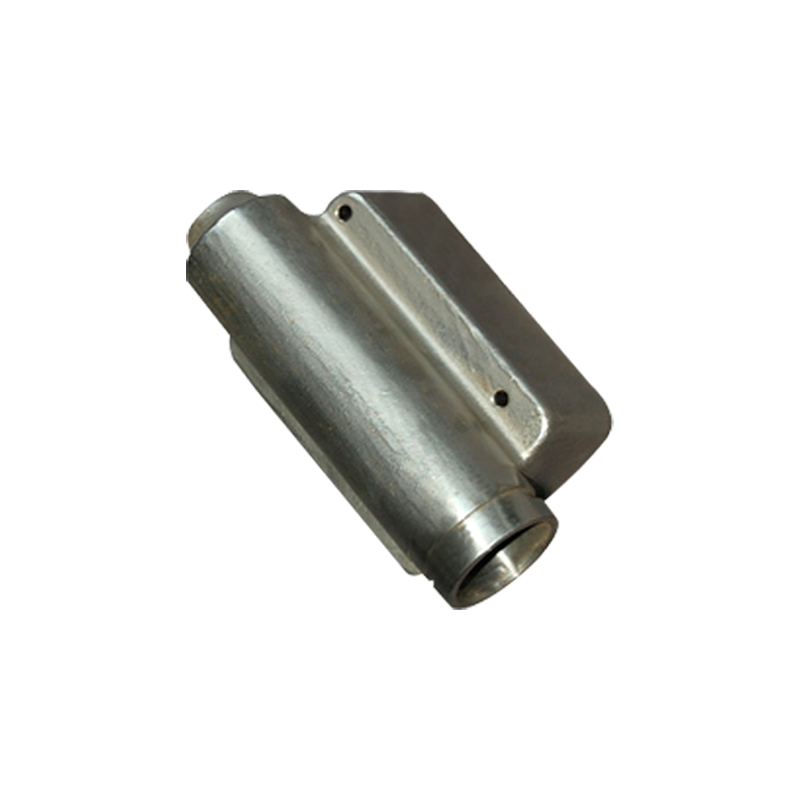Our quality assurance services and processes ensure the reliability of our products and your satisfaction.
Casting Steel Arm Shaft plays a vital role in industrial equipment and mechanical systems, especially in working environments that need to withstand high loads, impact forces and long-term wear. Cast steel materials are often used to produce arm shafts due to their good formability and high strength. To ensure that these components can operate reliably for a long time under harsh conditions, heat treatment process has become a key technology. Through heat treatment, the performance of cast steel arm shafts can be significantly improved, specifically in terms of hardness, wear resistance, toughness, corrosion resistance and dimensional stability.
The impact of heat treatment process on cast steel arm shafts is far-reaching. First of all, it can greatly improve the hardness and wear resistance of arm shafts. In industrial applications, cast steel arm shafts often need to operate under high load and high impact environments, and the surface will be subject to continuous friction and wear. Without sufficient hardness, cast steel arm shafts are prone to wear, deformation and even failure. Through heat treatment, especially quenching process, cast steel materials are heated to high temperature and then cooled rapidly to form a hard martensitic structure on the surface. This structure is not only high in hardness, but also has good wear resistance. The hardened cast steel arm shaft can maintain its working condition for a long time in a high-friction and high-load environment, reducing the need for frequent maintenance and replacement.
The increase in hardness does not mean that the performance of the cast steel arm shaft is improved across the board. Although excessive hardness can enhance wear resistance, it may cause the material to become brittle, thereby reducing its impact resistance. Therefore, the improvement of toughness is also crucial, especially when the cast steel arm shaft needs to withstand repeated impact and vibration. Through quenching and tempering, that is, tempering after normalizing, the toughness of the material can be improved while increasing the hardness. The normalizing process helps to refine the grain structure of the cast steel, while tempering can reduce internal stress and enhance the ductility of the material, making the cast steel arm shaft less likely to break when impacted, but can maintain a certain deformation capacity to avoid brittle fracture.
The microstructure of cast steel has a crucial influence on its mechanical properties. The cast steel arm shaft may produce internal stress and coarse grain structure during the casting process, which may affect its strength and durability. Annealing and normalizing processes in heat treatment can effectively optimize these microstructures, eliminate residual stress in cast steel materials, and enhance the overall strength of the material through grain refinement. Through these processes, the overall performance of the cast steel arm shaft is optimized, making it more stable and reliable under high temperature, high pressure and complex load conditions.
For cast steel arm shafts working in special environments, corrosion resistance is also a very important performance. Although cast steel has a certain corrosion resistance, the corrosion problem cannot be ignored in a humid and chemically corrosive working environment. Through the surface carburizing process in heat treatment, a carbide film can be formed on the surface of the cast steel arm shaft, which can significantly enhance the corrosion resistance of cast steel and avoid rust or corrosion in harsh environments, thereby extending the service life of the components.
Cast steel arm shafts also face the problem of dimensional stability during use. During the heat treatment process, cast steel materials may undergo dimensional deformation due to temperature changes, affecting subsequent assembly and use. In order to ensure the dimensional accuracy of the cast steel arm shaft, the heat treatment process requires precise control of parameters such as heating temperature, heating time and cooling rate. Through a reasonable heat treatment process, deformation can be minimized to ensure that the size and shape of the cast steel arm shaft meet the design requirements. This is particularly important for applications in some precision mechanical equipment, which can ensure that the cast steel arm shaft maintains accurate size and shape during long-term use.
Heat treatment can also significantly improve the fatigue resistance of the cast steel arm shaft. In some mechanical equipment, the cast steel arm shaft is often faced with periodic load changes and vibrations. Long-term repeated loads may cause material fatigue damage and cracks. Through heat treatment, especially the combination of normalizing and quenching and tempering processes, the fatigue resistance of cast steel materials can be improved, and its stability under cyclic loads can be enhanced, so that it is not easy to have fatigue cracks after long-term use, thereby further extending the service life of the cast steel arm shaft.
 Language
Language
 FT CASTING
FT CASTING















